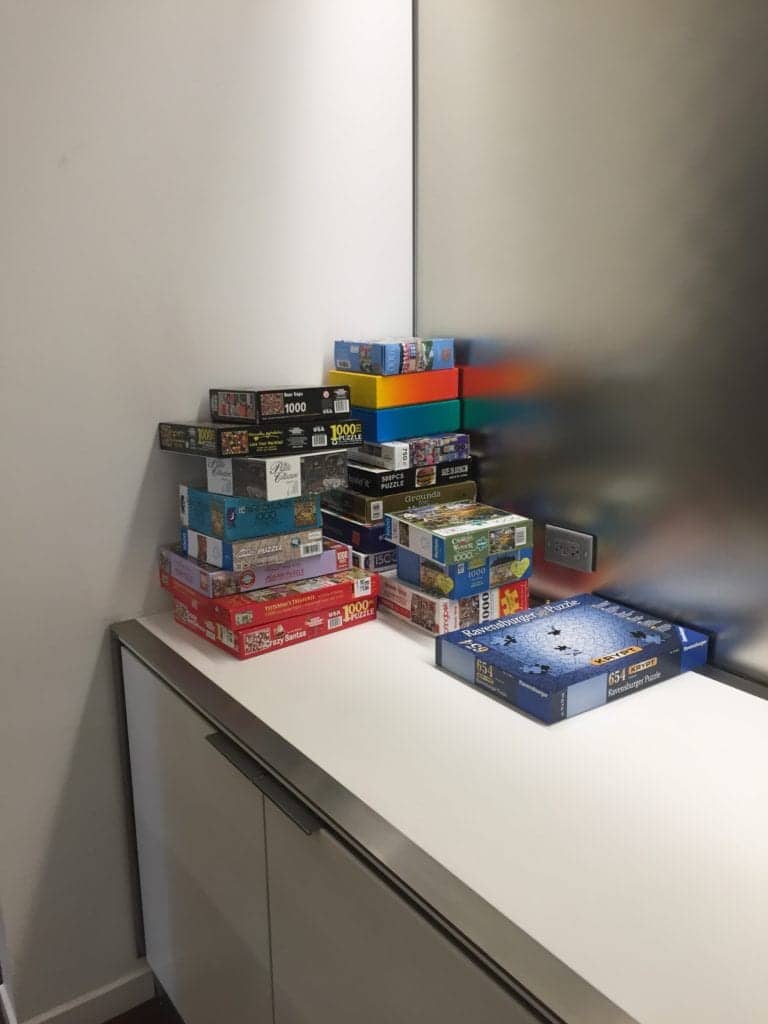More...
By Tish Kruse | Senior Director of Workplace Strategy
November 14, 2017
Taking a Break From the Workday Pays Dividends
In the course of your work day, do you notice every once in a while you don’t seem to be making the progress you’d like on a task? What do you do? Maybe you keep working and hope things improve. Or you take a break to clear your mind. Some simply switch to another task and keep working.
If you’ve been fortunate enough to come across Tony Schwartz’s insightful book The Way We’re Working Isn’t Working – you’d know what he would recommend (Spoiler Alert: take a break while you’re ahead).
I came across this book about eight years ago and have been working to change my habits around work ever since. Schwartz’s book compiles research from a multitude of sources – all of which conclude that we are less effective when we work 8 hours (or more) a day nonstop. The research points to the value of taking multiple breaks throughout the course of the day to increase productivity.
In the U.S., our workplace culture reinforces the need to be productive, and for many of us this means always ‘doing’ something to that end. The problem is constant work doesn’t allow us to be in the most productive state. Consider the well regarded concept of taking a vacation multiple times throughout a year. If we have truly taken a vacation (i.e. not checking our inbox for the daily inundation of emails) we will come back refreshed, revitalized, and ready to get back to our work. Schultz’s premise is the same, albeit on the much smaller scale of our everyday work experience.
As a workplace strategist, I’m keenly aware of the impact an environment has in enabling worker effectiveness, and I am always looking for ways to make environments more appealing. About a year ago, I brought a few puzzles into the office. Since then, a steady stream of additional puzzles have been brought in. We’ve plowed through a multitude of them, assembling at a pace aligned with the pull of the image and complexity of each puzzle. Drawing inspiration from the daily view of our puzzles on the glass top tables we work on, another tenant from an upper floor adopted puzzles in their space.
When you work on a puzzle you’re singularly focused on finding a particular piece or type of piece. It is this focus that makes working on a puzzle an effective break from the normal course of work. Puzzles also draw people together. Often when one person is working through a puzzle, another will join and a conversation begins – usually over the particular challenges presented by that given puzzle. It’s not uncommon to find a group of three to four gathered around a table strewn with puzzle pieces. It connects people who may not generally work together.
Next time you are stuck on a task – try taking a walk, taking in the outside view from a worthwhile vantage point, or buying a puzzle. See if you can find a spot to put it in your office; who knows, maybe you’ll start a trend. Most importantly, see how you feel when you get back to your desk.
Like What You See?
Check out some of the other ways our clients take breaks in their workplaces. Click below to read "Leisure at Work?"
Stop being puzzled by your lack of progress!



